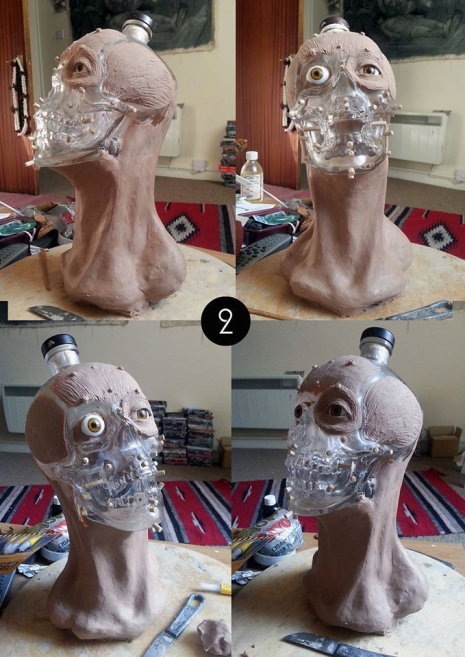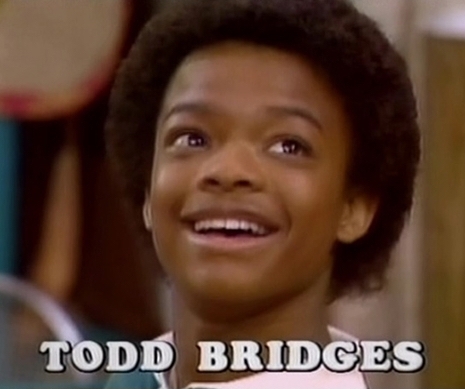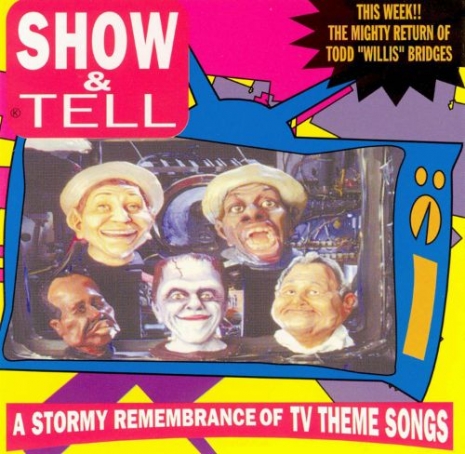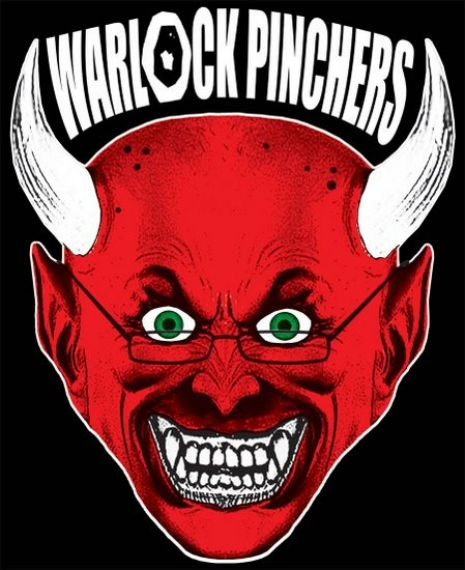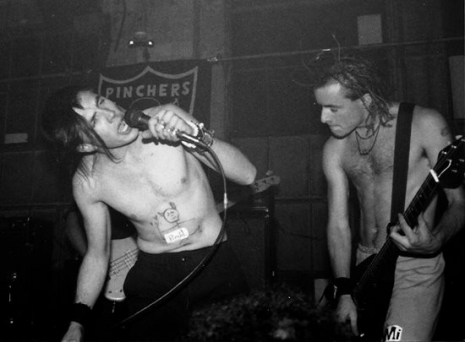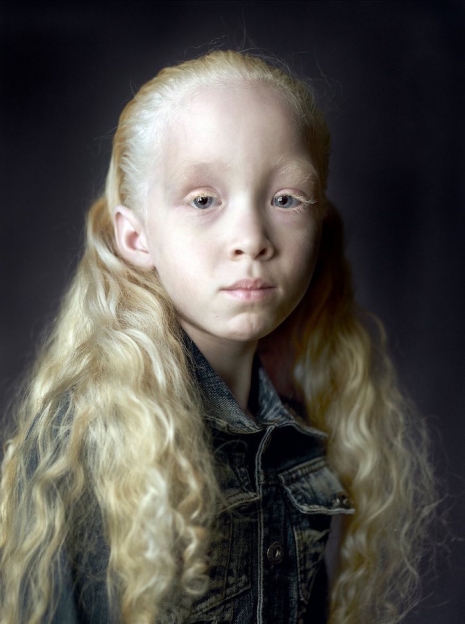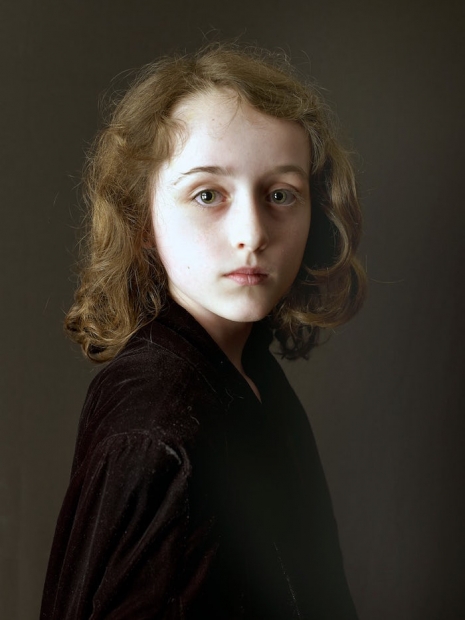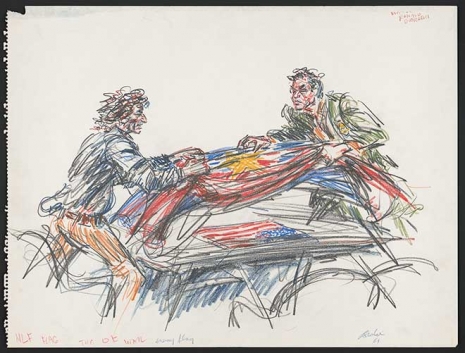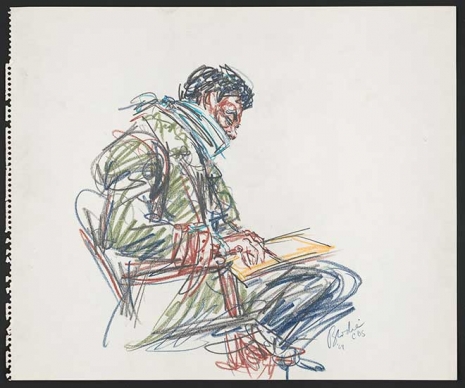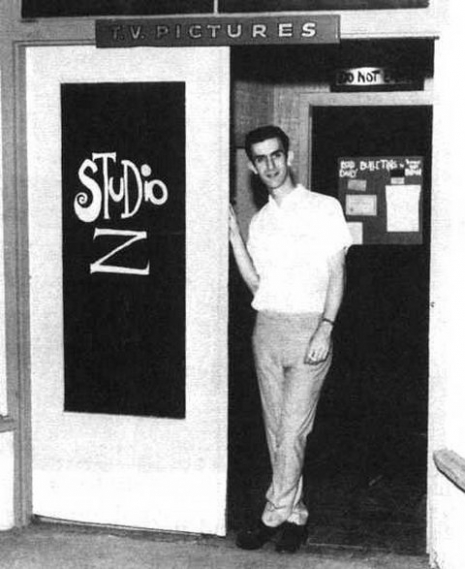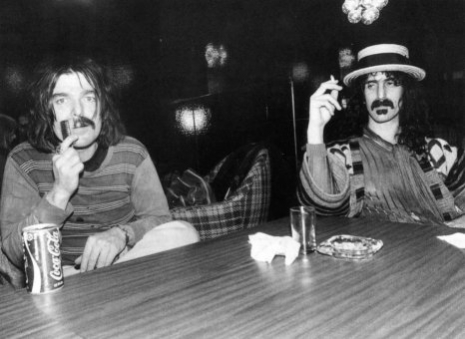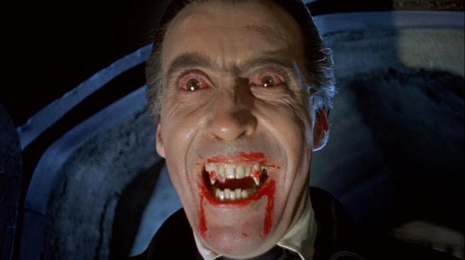
I still wasn’t convinced, so the sales assistant upped his pitch.
“And these glow in the dark,” he smiled.
I wasn’t buying it. The guy obviously didn’t know his stuff. Dracula’s teeth weren’t supposed to glow in the dark, not even the Wolfman’s teeth did that. Now I was begrudging the fact I had pocketed my school lunch money to walk into town past the prison, abattoir, and graveyard to buy a set of vampire teeth that glowed in the dark but that didn’t drip with blood like Dracula’s.
“Or, would you prefer this set of Wolfman fangs?” he added rustling through packs of novelty teeth.
To give the man his due, I was in a joke shop among the whoopee cushions, fake dog turds, and electric shock handshake pressers. It wasn’t exactly Transylvania. It wasn’t exactly Hammer Horror either which was the very thing that had inspired me to make this little shopping expedition.
On late Friday nights, the local Scottish television network screened horror movies under the title Don’t Watch Alone. My parents were cool enough to let my brother and I sit up to watch these creepy old black and white films featuring Karloff, Lugosi, Chaney, and co. Then one Friday night, on came Dracula with Peter Cushing and Christopher Lee. The following week, The Curse of Frankenstein with the same two stars and both films in glorious technicolor. My mind was blown. Hideous monsters and blood-red fangs. I’d found a new thrill, a new passion that superseded even my Spidey collection and my hopeless dreams of ever owning an Aurora Monster Kit.
For the next few years, horror movies and in particular Hammer horror movies ruled my life. I dug up, sought out, and tracked down every little piece of what-have-you on Hammer and the films they made. I signed-up for the Peter Cushing fan club. I asked for Denis Gifford‘s classic Horror Movies book for Christmas—which was almost a mistake as he hated Hammer horror but at least his writing on the old B&W movies was superb. I clipped all the horror movie listings in the Radio Times and the cinema ads from the local paper and stuck ‘em all in a big scrapbook which I kept for years until I lent it to some fucker who never gave it back. (Rule #1 kids: Never lend people stuff you really, really want to keep ‘coz they’ll never give you it back. But if you can lend it, then give it freely, but just don’t expect to ever get it back. Because that’s not going to happen.)
Hammer started way, way back in the early thirties when one-half of a double act “Will Hammer” of Hammer & Smith aka William Hinds, a jeweler and theatrical agent, set up Hammer Film Productions in 1934. He had an early hit with The Public Life of Henry the Ninth, a comedy spoof of Alexander Korda’s The Private Life of Henry VIII. Then with the assistance of Enrique Carreras, the company made a series of short, moderately successful films including one starring Bela Lugosi The Mystery of the Marie Celeste.
But Hammer really didn’t take off until Anthony Hinds and James Carreras joined their fathers William and Enrique as directors. Suddenly, Hammer was branching out into sci-fi and then horror films with The Curse of Frankenstein which sealed the company’s success and then, of course, Horror of Dracula which famously had a marquee at the Haymarket, London that dripped neon blood from Christopher Lee’s vampire fangs. Over the next twenty years, a rotation of Dracula, Frankenstein, the Mummy and various vampyros lesbos made Hammer the brand name for the best in British horror movies.
So, back to the joke shop where I ultimately went for the Wolfman’s teeth, as those green glowing, non-bloody vampire fangs were pretty damned anemic and being a werewolf was the closest I ever came to having a dog in my childhood.
Now, here for your retinal pleasure is a damned fine selection of Hammer movie posters from early science-fiction to late kung-fu vampirism and devil worship. Enjoy.
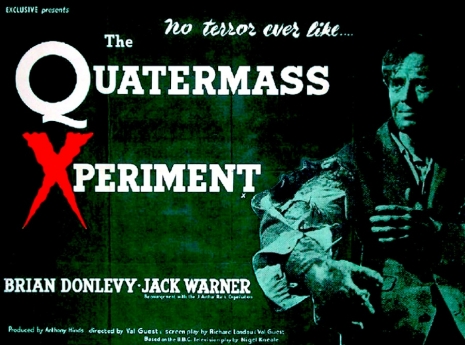
’The Quatermass Xperiment’ (1955).
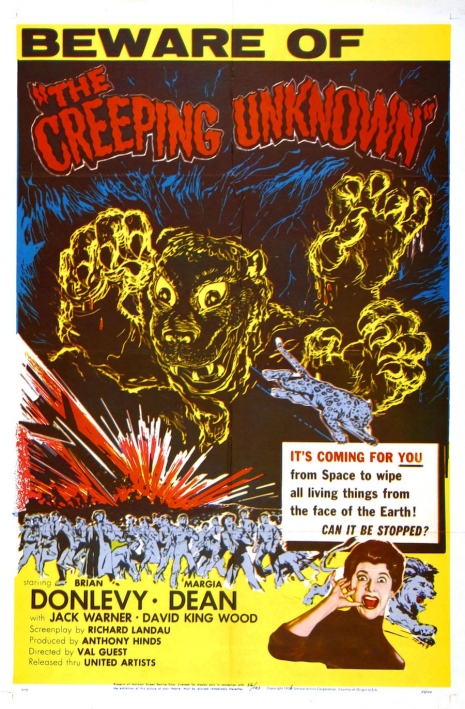
‘The Creeping Unknown’ (aka ‘The Quatermass Xperiment’) (1955).
More marvellous montser posters, after the jump…


